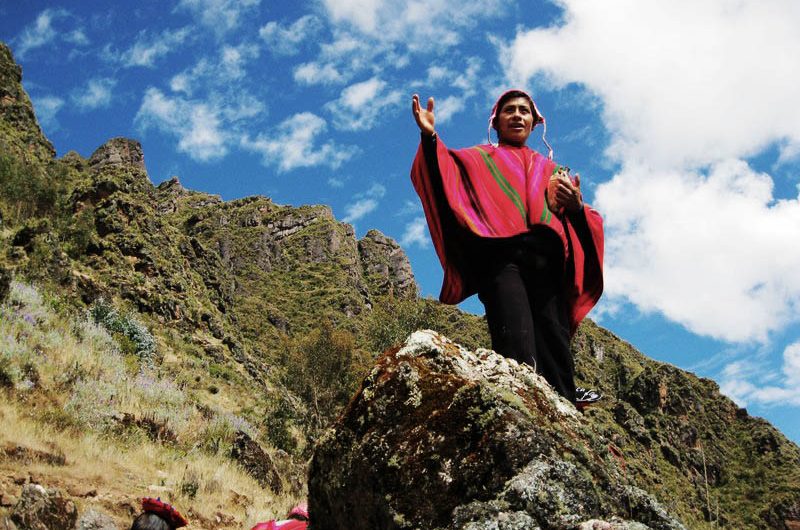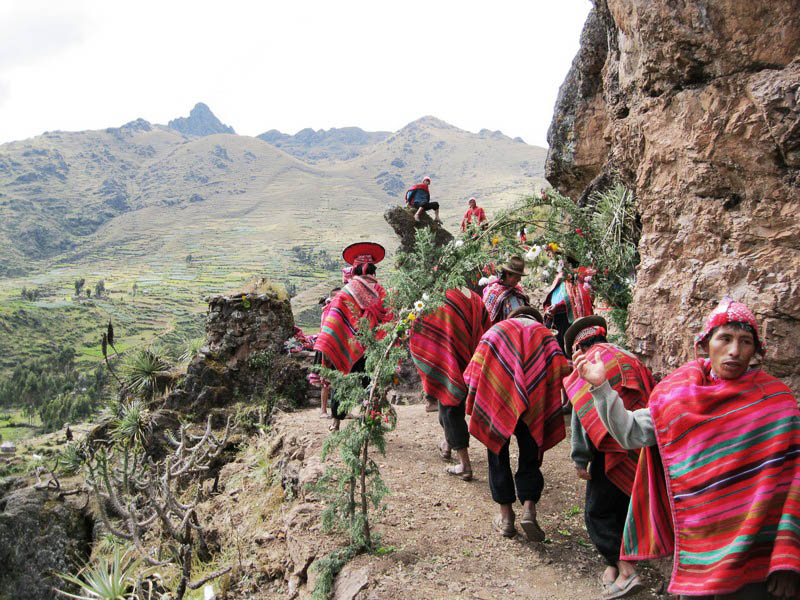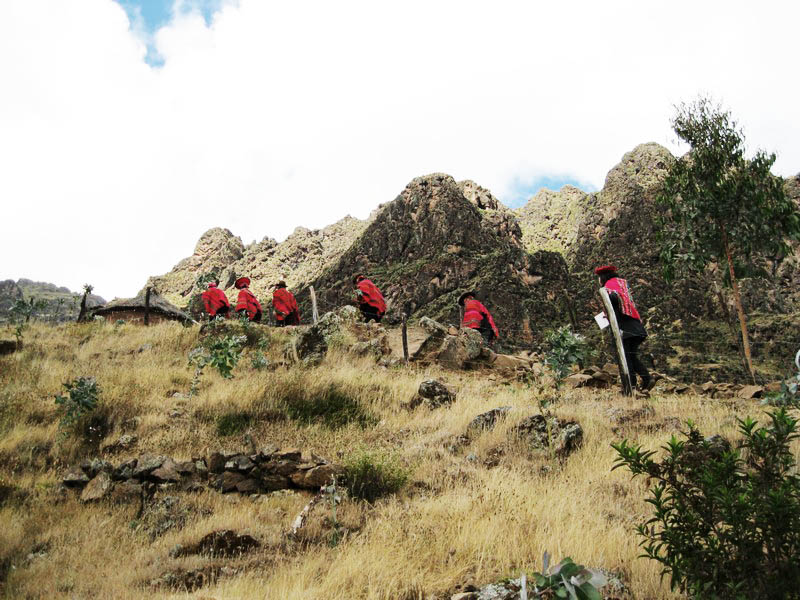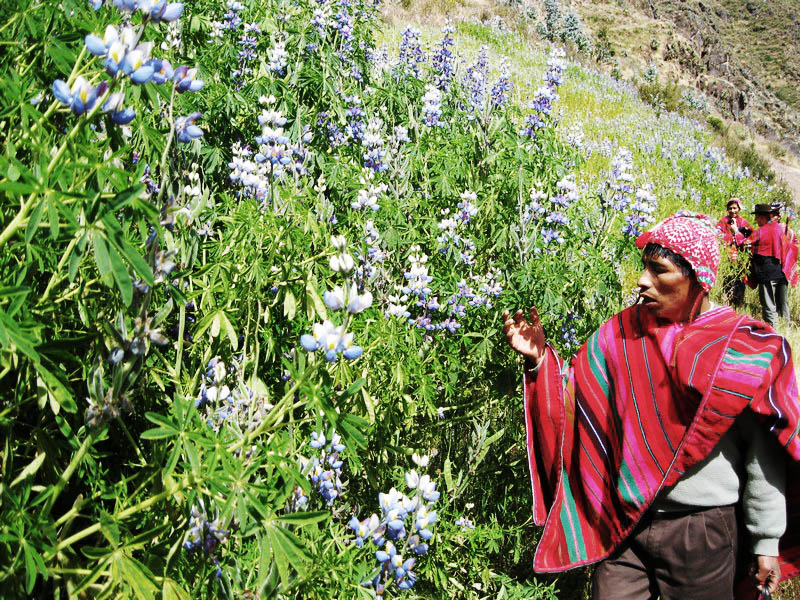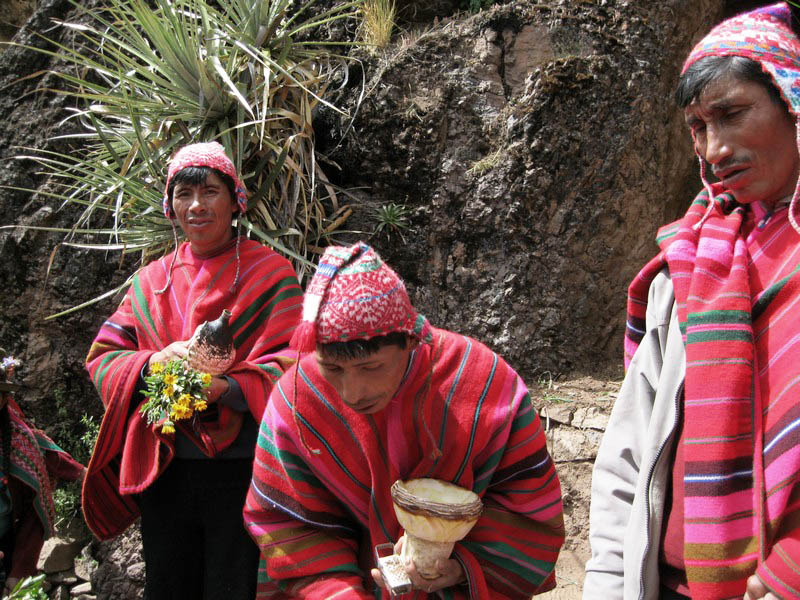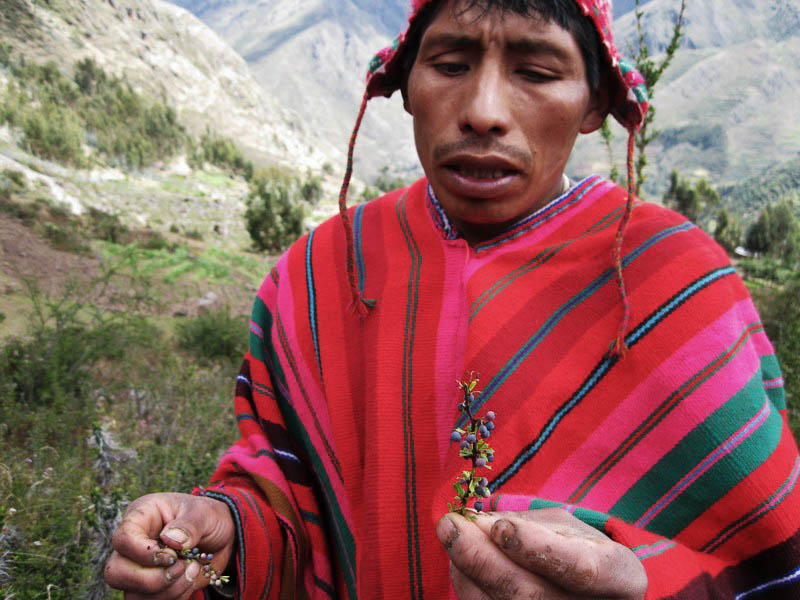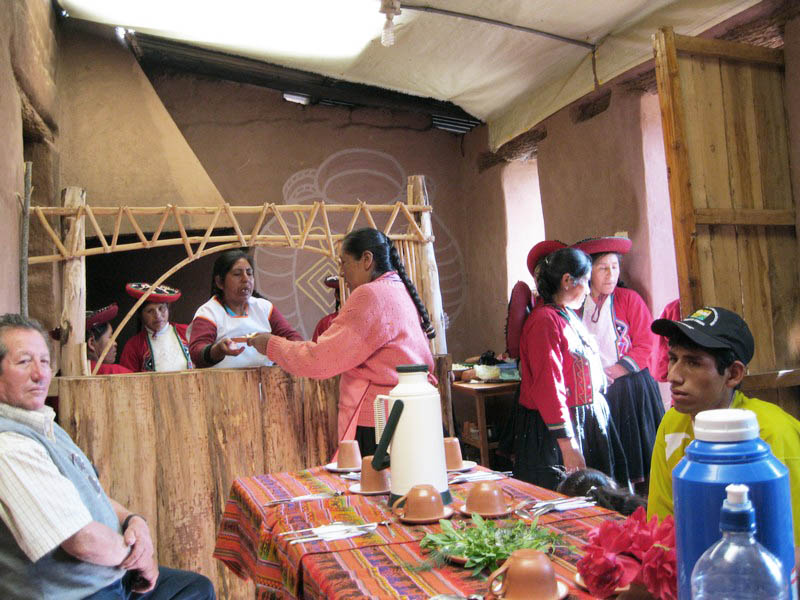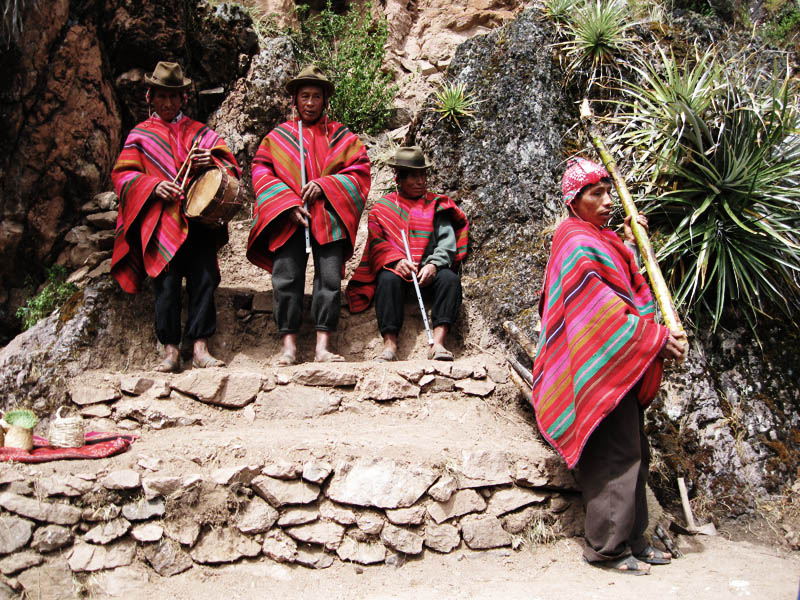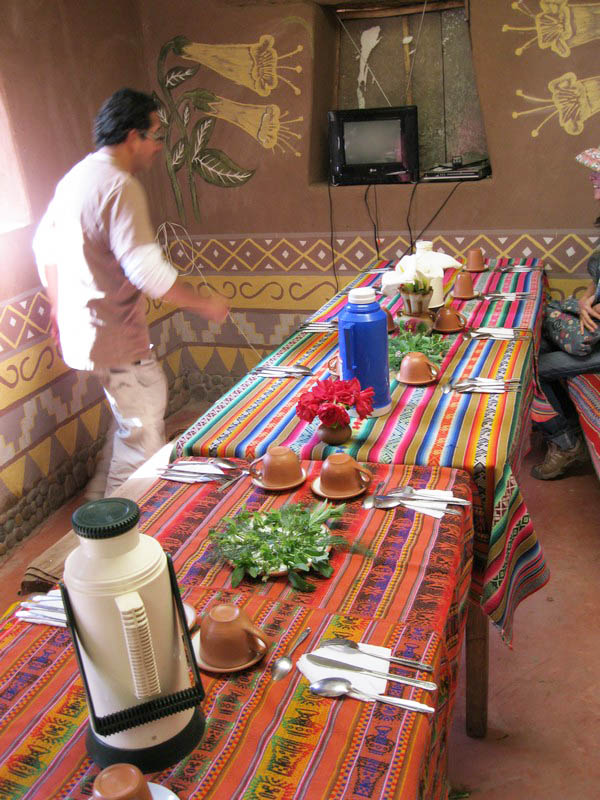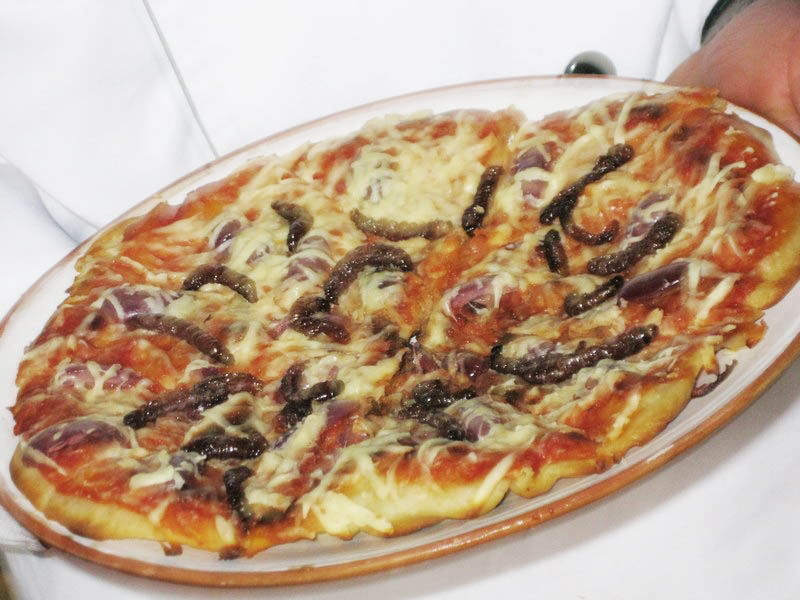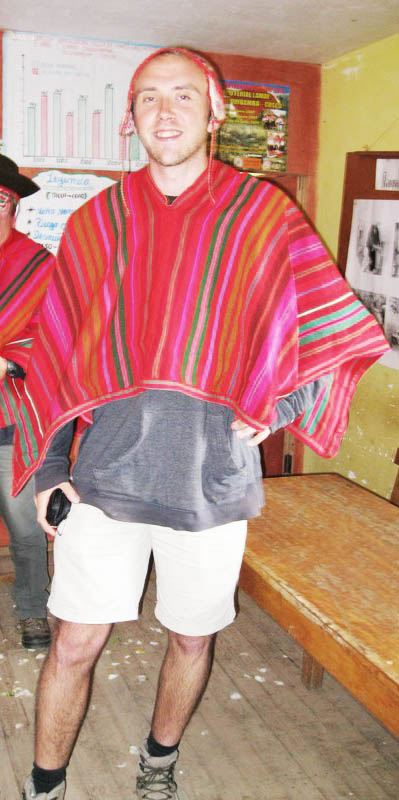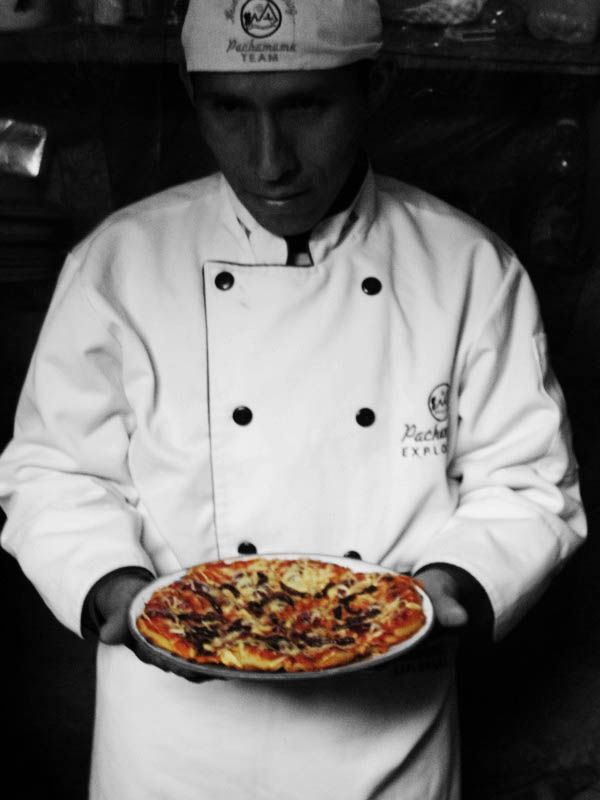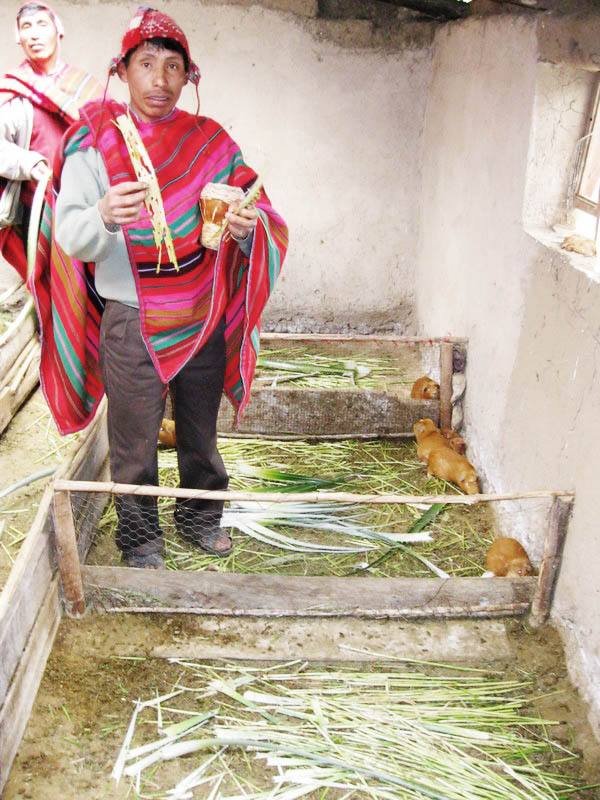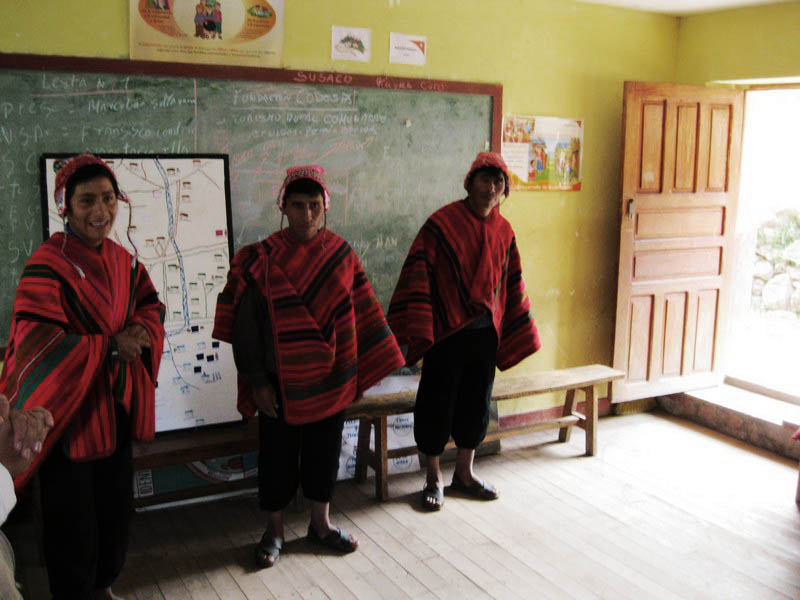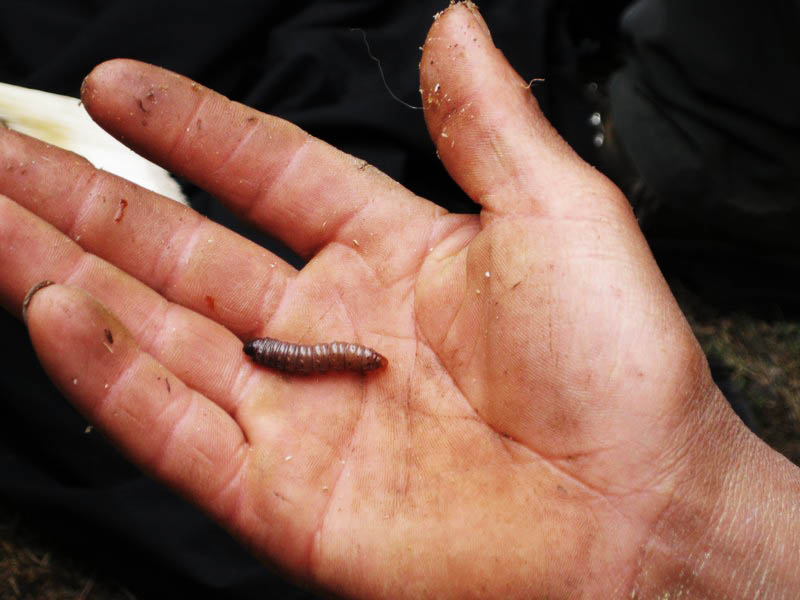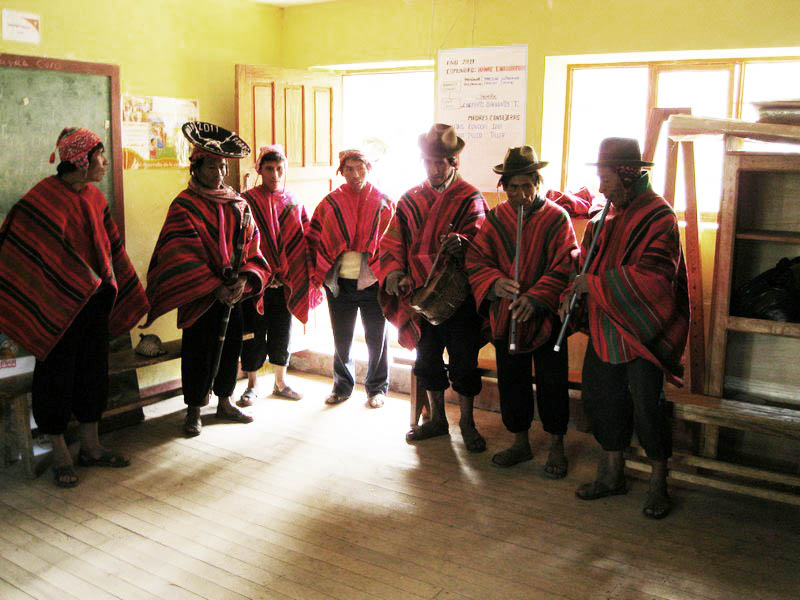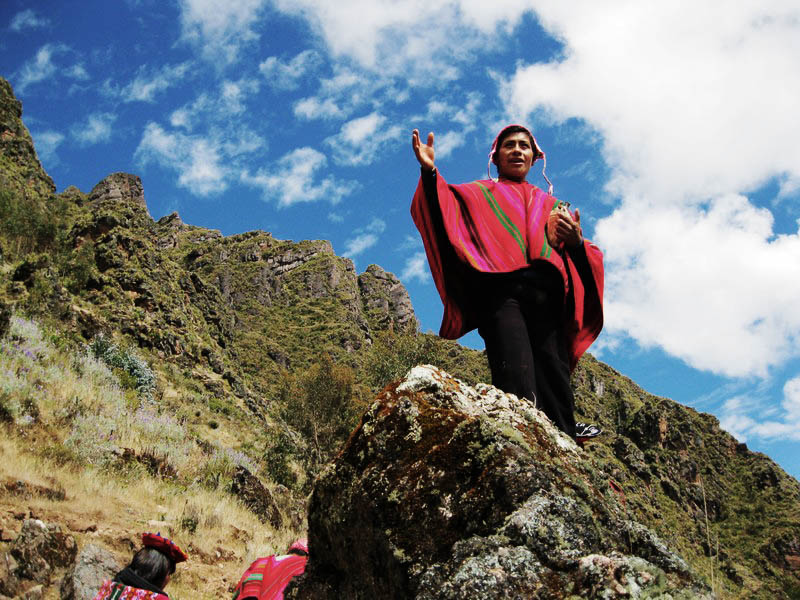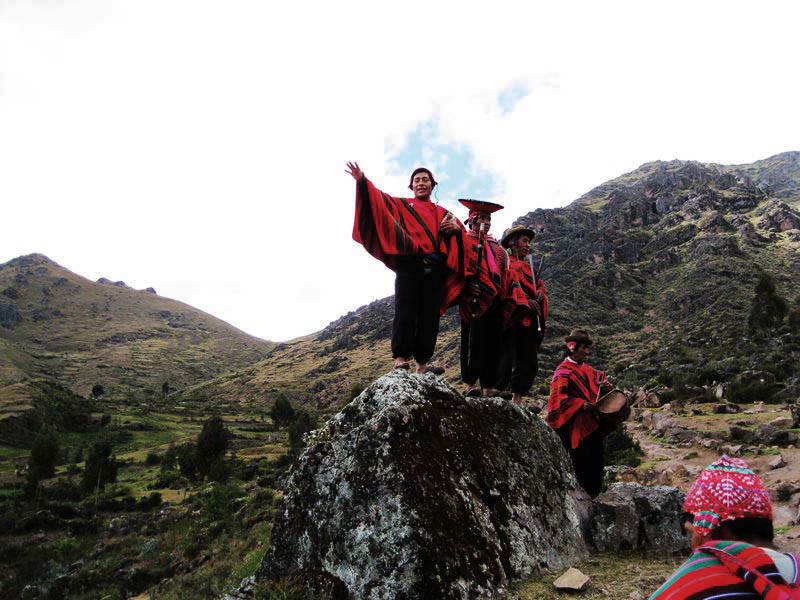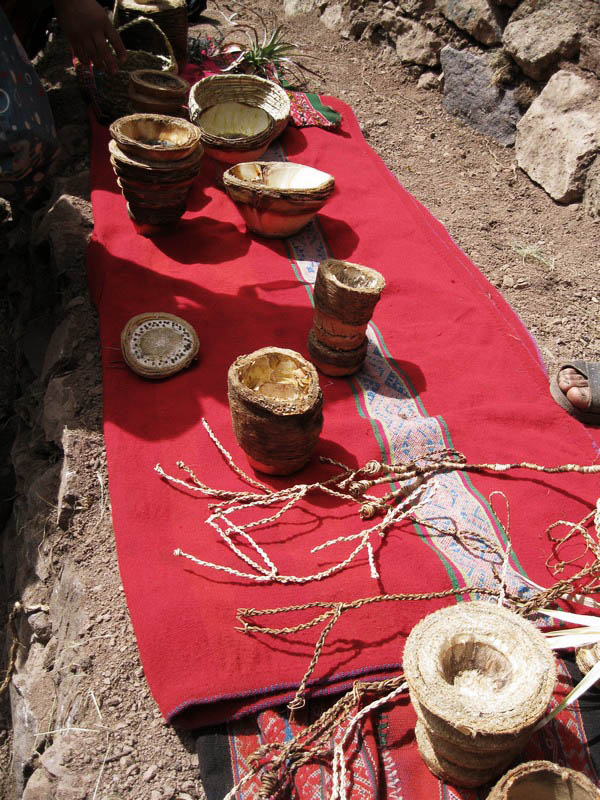La Tierra de los Yachaqs – translated as “The land of the wise” – is the name given to the community tourism Peru initiative in the Sacred Valley. I had a chance to try out several of their responsible tourism village experiences that allow an authentic insight into Andean life.
Community Tourism Peru: Andean Life in the Sacred Valley
Working with five communities, the mission of La Tierra de los Yachaqs is to preserve the history and traditions of local communities while enabling them to support their economy with responsible, authentic and high-quality tourism. This consists of travellers visiting the communities and participating in local customs, traditions and practices. Read more on the Route of the Achupalla gentle hike and weaving experience in Amaru village.
Economic empowerment through tourism
The community tourism peru initiative empowers locals to actually design and operate visits to their community. They must decide upon exactly what areas of their culture should be shown throughout the visit and are in control of the planning, booking and guiding…. they’re even trained to recieve and respond email bookings! The name is closely tied in because the focus is on local people themselves having the wisdom to know what aspects of their culture are the most important to show to travellers, and to explain this properly. When compared to other projects in the region, where external observers march in and dictate what the visit should look like (which unfortunately happens all too often), the intrinsic value of La Tierra de los Yachaqs becomes apparant. That the word Yachaqs is a Quechua word reinforces ideas of pre-Columbian heritage, rooting the project firmly in the Sacred Valley and focusing entirely on local communities.
The Route of the Acupalla with Tierra de los Yachaqs
A Warm Community welcome
On this particular sunny morning in May, we left Cusco to drive to thecommunity of Hanac Chuquibamba, one of the five villages where the project is based. The villagers greeted us with traditional music before inviting us into their community centre. Here we donned a native poncho and the leaders gave us a formal welcome and introduction … naturally the poncho was a fetching fit, and it helped us to integrate into the community and eliminate the difference between local and traveller.
Hilltop Walk
We then embarked on “The route of the Achupalla”, a walk to a sacred place in the hills above the village where the Achupalla – a type of root-palm -grows. The local people had deemed this the most important thing to show visitors because of the huge importance of the plant to their daily life; as well as making handicrafts from the Achupalla, it is used to feed the guinea pigs and food is even provided in the form of tasty bugs that come from the core of the Achupalla!
The Achupalla Plant
Along the route, the guides enthusiastically explained everything from the uses of the plants, herbs and cactii that we passed, such as tarwee and muña, to legends about how the surrounding landscape been formed. As we walked they played traditional music on the horn, drums and flute.
We arrived at a flat section near the top of the hill where we were welcomed to what was a sacred place, local women showering us with colourful petals to mark our arrival. Here we were presented with a collection of baskets, bowls, goblets and other handcrafts made from local plants, most importantly the Achupalla. Meanwhile the guides explained the surrounding geography and told us yet more legends about the hills and lakes in the area. The whole affair was very impressive, not least the visuals of the guides standing on top of the rocks to point out distant hills and peaks. They demonstrated the many uses of the Achupalla, and gave us a live interactive class on how to extract the edible bugs from their core…
Hoisting a fresh crop of Achupalla over our backs, we descended back to the village to feed the guinea pigs in their hutches before going to the kitchen area where local chefs were preparing us a delicacy – delicious bug-covered pizza. This certainly was not for the faint hearted, and wouldn’t be stomachable to everyone … but of course I had to try it! To complete the visit we were treated to a farewell ceremony with music and dancing outside the community centre, where each of us danced with one of the locals.
Authentic Local Lunch with the community
Departing Hanac Chuquibamba, we travelled to another community where the project works, Huchuy Qosqo, for a “gastronomical experience” (also known as “lunch”). After arriving at the village with a similar greeting of petal showering, we were invited to sit down at a long table adorned by a beautiful and colourful textile tablecloth and ceramic dishes.
We were served Pachamanca, a type of Andean Barbeque cooked underground, accompanied by choclo soup and chicha de jora. With a stomach full of bugs, chicha, choclo, pachamanca and guinea pig, I reflected upon how Tierra de las Yachaqs is the ideal way for guests who want to have an authentic experience of traditional community life in the Andes.
That this is done in a manner that acts to maintain the local culture and economy as far as is possible, and that all of the families participating receive a fair and equal share of the profit, makes this all the more admirable an option for those on a tour to Peru.
Rural Village visits in the Andes
A whole host of community tourism Peru experiences are available in the five communities, from those that I participated in at Hanac Chuquibamba and Huchuy Qosqo, to textile demonstrations at the community of Amaru, trekking with llamas from Amaru to Chumpe and having a full explanation of traditional and sustainable agricultural practices in the community of Huayllafara.
Community tourism Peru with Aracari
Aracari specializes in designing authentic, private trips to Peru. Contact us for more information on rural community-based tourism visits and homestays which can be arranged as part of any tailormade trip to Peru.

